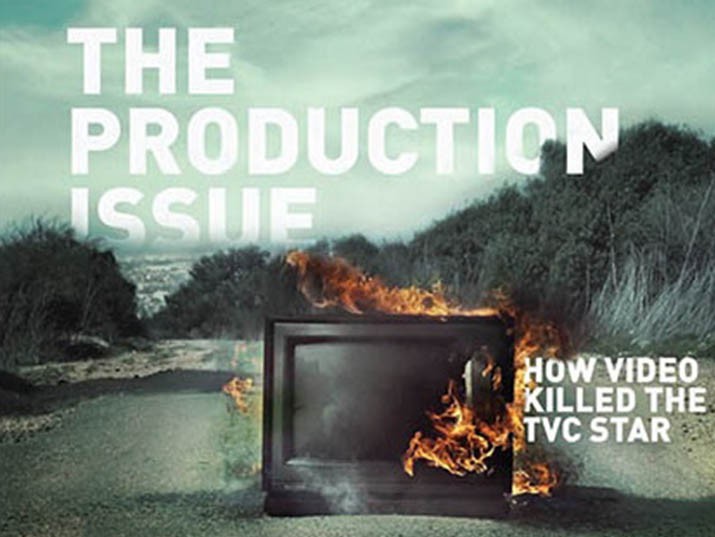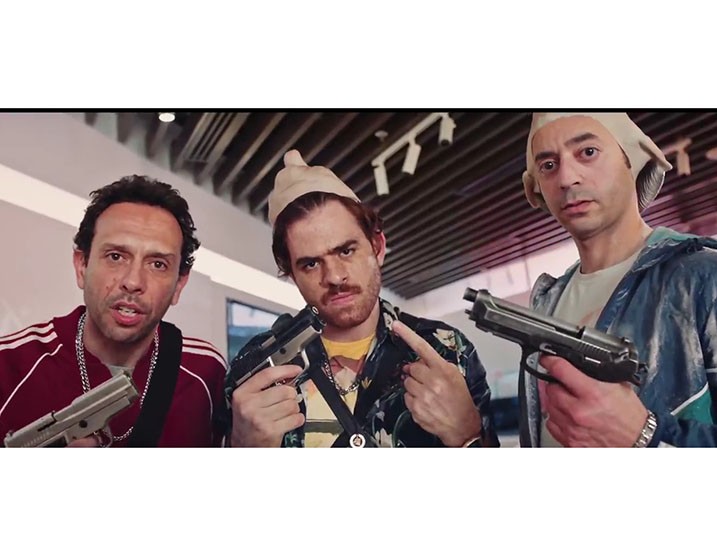News - Digital/Tech
Is video production killing the TVC?
by Iain Akerman
March 15, 2017
.jpg) Advertisement
AdvertisementAnyone who has seen the new Nike Women campaign featuring six inspirational female athletes and singers from the Middle East may beg to differ when it comes to claims that video production has killed the TVC. Here is a commercial, after all, that is big, bold and global in ambition. It also happened to air on television during the final of Arab Idol.
The demand for low-cost productions for the likes of Instagram, YouTube and Facebook, however, is on the rise, and the reasons are obvious. The need for brands to produce video content has increased exponentially, with brands favouring what they believe to be quick-and-easy productions over expensive, large-scale old school commercials. Commercials such as TBWA\Raad’s big-budget Nissan Patrol ad, ‘Take no sides’, which pitted the city against the desert.
There are, however, a number of issues at play here, not least whether it’s actually worth referring to a commercial as a TVC anymore; or whether it’s even plausible for such a campaign to only be shown on television. Isn’t all filmed content platform agnostic? At Leo Burnett, for example, they have done away with the term altogether.
“The term we use here is ‘film’ – entertainment and content that can work in any media. Digital or traditional,” says André Nassar, regional executive creative director at Leo Burnett. “A cheap film, with poor content and no strategy is very expensive because it can hurt a brand. But if you have a good film, with the right message, well crafted, it can organically reach many more people than with a mega-million dollar media plan. It becomes cheaper. Look, cheap and fast content has a place. But only if it’s backed by strategic purpose. For me, there is no high cost or low cost. There is only good or bad. Right or wrong. Independent of budget.”
As Manasvi Gosalia, executive producer at Dejavu, says, video production may be hitting the TVC hard, but soon the traditional acronym ‘TVC’ will be a thing of the past anyway. “There will still be big budget stuff rolling out, but it will be primarily focussed on digital reach rather than just the TV module of the past,” he says.
For Gosalia the outlook for the coming year is 25 smaller campaigns instead of one giant production.
“The cost is not the main factor if the way to manage and execute is in our control,” says Ali Azarmi, co-founder and managing director of Joy Films and Streetwise Films. “Working with low budgets requires greater problem solving and therefore greater creativity. The demand for low cost productions has always been there but today we have many more tools and players who can achieve the objectives effectively.
“These projects were seldom realised in the pre-digital era, now they can be. So the standards of the lower scale of film production has been raised drastically. This can only be a good thing for the industry. It means the high-end productions need to raise their game and be more creative to justify higher production costs. What really allows the guerrilla-style filmmakers to achieve great results economically is due to the trust the clients have in allowing them to do what they see fit to realise the objective. So the refusal to adapt and embrace change is the real killer.”
Blaming the alleged demise of the TVC on video production is also disingenuous in light of new technology and the changing viewing habits of audiences.
“The death of the TVC has been trumpeted for years now and yet it still survives,” says Shane Martin, chief executive at Boomtown Productions. “Multinationals know that they can still depend on traditional TVCs to deliver the ROI they need, hence why they are taking money out of digital and putting in back on TV screens.
“However, the demand for low-cost video is killing quality in production in a general way. But at some point the market will finally realise that of good, fast and cheap, they can only have two at any one time.”
Is there still room for the mega-production commercial?
“It depends on the brand, the objective, the moment,” replies Nassar. “The production has to be led by the idea not the contrary. A project like BMW Films, for example, flipped the normal ad budget on its head, with most of the money going into production rather than paid media. They created films of 8 to 10 minutes’ duration with mega-productions and they reached tens of millions of organic views around the globe.
“Brands are becoming content providers, advertising is becoming entertainment. So, our responsibility with originality, quality and craft as creatives, producers and brand caretakers is becoming more and more critical. Netflix is proof that people want to be entertained with high quality, original content. I believe that’s what advertising will look like in the years to come. Because that’s how brands will stay close to people.”



.jpg)










